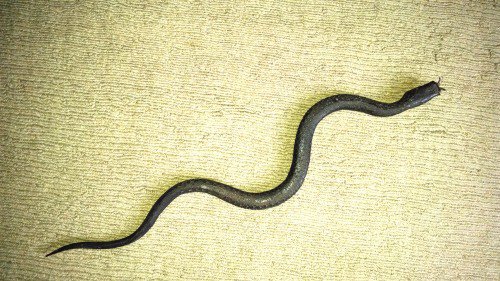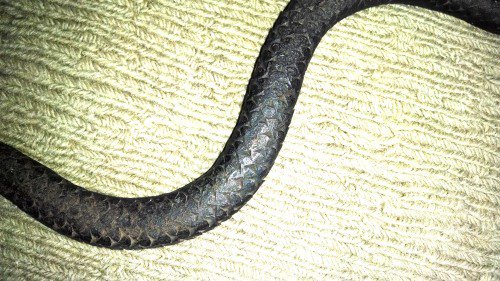- Joined
- Apr 12, 2013
- Messages
- 562
When looking at scrap for use in forging, the first question you should ask is what you are going to make. Decorative or mild structural work can be made form almost any scrap, from Rebar and rail spikes to drops from structural plate and beams at your local welding shop. Ditto practice. Rebar is a great way to get the feel of hammering out shapes before starting to use 'good' steel. If you are making blades, chisels, hammers, etc. you need to limit your scrap to things like vehicle springs (coil or leaf), old brand name (much modern cheap file material is case hardened mild steel) files, rusty ball bearings (if they are rust resistant, they are stainless steel and you won't get much forging done!), high strength (grade 8) bolts, high strength cables (cranes, elevators, etc), and the like. Honestly scrap work is nice for practice or for experienced folks, but beginners are better suited by buying some 1080 (or similar 10xx series) steel for blades. O-1 is great but more costly. It gives a known starting point and a known heat treat. Figuring out mystery steel requires practice and experience.
Coal/charcoal/etc. forges are also more for advanced smiths looking to remain 'traditional'. Nothing wrong with it, but not for a beginner without a mentor...to many variables. Stick to gas forges...fewer variables and the end product will be as good or better in all cases. Run with a rich flame and keep it hot.
Coal/charcoal/etc. forges are also more for advanced smiths looking to remain 'traditional'. Nothing wrong with it, but not for a beginner without a mentor...to many variables. Stick to gas forges...fewer variables and the end product will be as good or better in all cases. Run with a rich flame and keep it hot.



